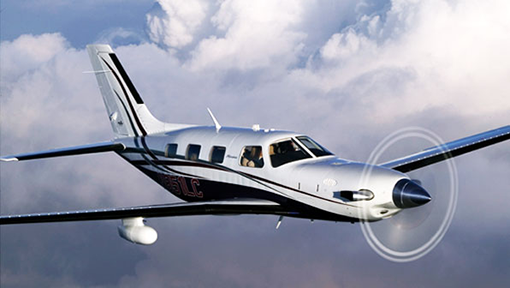Keeping your private aircraft clean and in good repair is your first line of defense against foreign object damage. Routine private aircraft maintenance tasks may seem mundane, but it is vital never to slack off.
Aircraft Cleanliness
It is best to clean your airplane regularly. This will give you the opportunity to look for foreign object damage from collisions with small objects that you did not notice at the time. After all, not all FOD incidents are immediately catastrophic. Some go undetected until they create larger problems at a later date.
Suggested Resources
Check out our articles on How To Prevent FOD at Your Airport or How to Set Up a FOD Program for more great ideas.
An aircraft in perfect condition is less likely to sustain foreign object damage. Remove all loose items from the floor, which are often overlooked. They can become airborne during turbulence and damage to the interior. Clean the exterior surfaces of the engine thoroughly and take the time to inspect it for FOD while you have the cowling open.

Private Aircraft Maintenance
Like any vehicle, your plane will age more gracefully and require fewer repairs if your private aircraft maintenance is proper and routine. Required maintenance will depend on the specific model and how often you fly your aircraft.
Include proper greasing of parts, checking and topping off the fluids, and coating metallic surfaces with a compound that will stop rusting and corrosion.
Also check and replace the battery several times per year. Evaluate fuel efficiency and, if it is declining, determine the cause immediately.
Well-maintained, updated engines are less likely to fall victim to incidents such as bird strikes. Periodically have an experienced professional inspect your aircraft with a boroscope. This can determine whether or not your engine contains outdated parts that should be replaced.
Tires
Maintaining tires will not prevent contact with foreign object debris, of course, but it will help to minimize damage. If you find irregularly-worn tires, investigate the cause. It could be anything from a misalignment of the wheels to a prior FOD incident. https://kasucrypto.com
Check cool tire pressure daily, since they can lose up to five percent of inflation in a single day. Remove any tire that is more than ten percent under-inflated, because it may have some damage. Wait the recommended twelve hours before putting a plane back in service after initially inflating new tires. This ensures that the proper pressure is maintained.
Then, if your plane does encounter FOD, it has a better chance of surviving.
Want to learn more about keeping your private aircraft clean and maintained?
For further reading on this topic, the Aircraft Owners and Pilots Association has a useful Guide to Aircraft Airworthiness.
